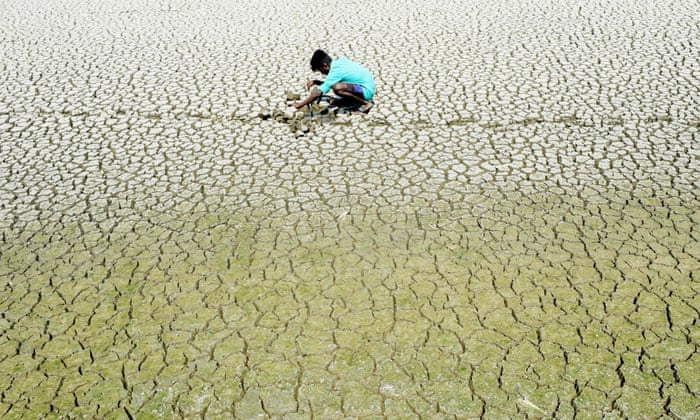Made from wood pulp, they’re just as strong as Styrofoam — and work better at keeping things cold.
If you’re heading to the beach on a hot summer day, you don’t want to forget the cooler full of drinks. You might load that cooler with ice. However, ice on its own won’t keep things cold for long. That’s why a cooler packs insulation in its walls. The best insulators have long been plastic-based foams, such as Styrofoam. But a new type of foam made from wood pulp works even better. And it’s friendlier to the environment.

Unlike this Styrofoam cup, made from plastic, a new kind of foam is biodegradable. TOMSCHIRTZ/ISTOCK/GETTY IMAGES PLUS
Plastic foam is both incredibly useful and popular. Filled with millions of tiny air pockets, its frothy structure is both lightweight and strong. This material protects fragile packages during shipping. And when used as an insulator, plastic foam’s tiny bubbles help keep heat in — or out — for hours. That’s why people have relied on it for everything from cups and coolers to packaging and home insulation.
Continue reading at: Trees may become the key to ‘greener’ foam products | Science News for Students
If you’re heading to the beach on a hot summer day, you don’t want to forget the cooler full of drinks. You might load that cooler with ice. However, ice on its own won’t keep things cold for long. That’s why a cooler packs insulation in its walls. The best insulators have long been plastic-based foams, such as Styrofoam. But a new type of foam made from wood pulp works even better. And it’s friendlier to the environment.

Unlike this Styrofoam cup, made from plastic, a new kind of foam is biodegradable. TOMSCHIRTZ/ISTOCK/GETTY IMAGES PLUS
Plastic foam is both incredibly useful and popular. Filled with millions of tiny air pockets, its frothy structure is both lightweight and strong. This material protects fragile packages during shipping. And when used as an insulator, plastic foam’s tiny bubbles help keep heat in — or out — for hours. That’s why people have relied on it for everything from cups and coolers to packaging and home insulation.
Continue reading at: Trees may become the key to ‘greener’ foam products | Science News for Students






